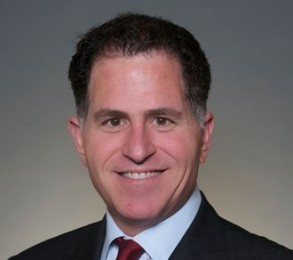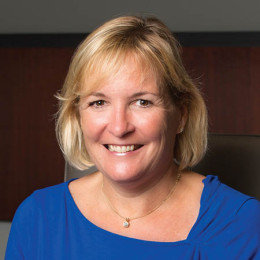 The latest state of the channel Ransomware report from Datto indicated that 89 percent of European MSP customers were victims of ransomeware attacks.
The latest state of the channel Ransomware report from Datto indicated that 89 percent of European MSP customers were victims of ransomeware attacks.
The attacks led to downtime, and for a small percentage the ransomware remained in the system and gave customers further grief down the line.
Antivirus software does not seem to be much good at protecting against ransomware and 94 percent of customers attacked said it had not prevented the attacks from happening.
The other problem area for users was around backup and restore. Those that had failed to invest in that technology left with severe headaches trying to get back up and running after a ransomware attack.
Datto thinks that first and foremost the channel education to the SME market had to continue.
Datto SVP Mark Banfield said: “Ransomware attacks are becoming so frequent that the term has recently been added to the Oxford English Dictionary. WannaCry and NotPetya made the headlines last year for their impact on larger firms, but this report highlights just how vulnerable SMBs are,” he said.
“There’s an existing perception that only bigger companies are targeted as they represent higher-value targets, but attacks are now so simple to initiate on a mass scale that cybercriminals no longer discriminate,” he added.
Most of the customers surveyed by Datto also shared their expectations that ransomware attacks would continue in the next couple of years.
“As the sophistication of ransomware variants continues to increase and they bypass traditional prevention measures, SMBs with limited in-house expertise and cyber security tools are struggling. The lack of understanding and capabilities are causing more to fall victim and here lies an opportunity for the channel. MSPs can become trusted partners, providing the ongoing tools, expertise and support required to mitigate ransomware and its impacts,” said Banfield.



















